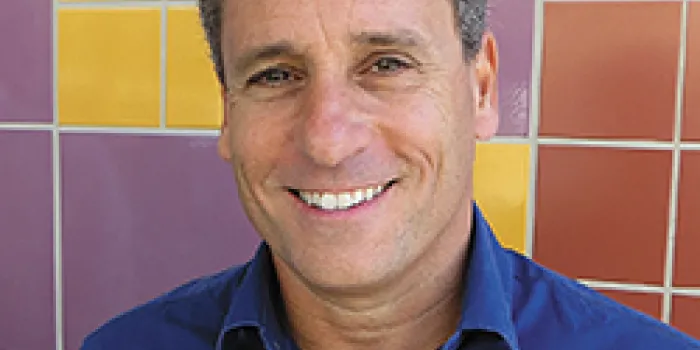“I wish my son just had plain old hemophilia again,” a mother of one of my inhibitor patients said.
The quote is powerful and intriguing. This mother did not, in fact, wish for what one might expect: that is, that her son did not have hemophilia. Instead, she wished that her son had hemophilia without inhibitors. Inhibitors are antibodies that recognize factor product in a person’s blood as a foreign agent and bind to it, preventing it from doing its job.
The mother’s words have resonated with me for well over a decade now. They have inspired me to do whatever I can to help this community within a community. To me, they epitomize just how difficult the lives of inhibitor patients (and their families) are when compared to patients without inhibitors. Don’t get me wrong—I know full well that all families and patients have struggles with hemophilia. But it is, indeed, a different world to live with an inhibitor.
There are three critical goals we as a community of hemophilia patients, families, treaters and scientists must accomplish:
1) Finding better treatments to manage the bleeding symptoms of patients with inhibitors.
2) Eradicating inhibitors in all patients who develop them (currently that can be done 50%–70% of the time).
3) Preventing inhibitors in the first place.
The Centers for Disease Control and Prevention’s Haemophilia Inhibitor Research Study (see “Integrated Intervention on Inhibitors,” on page 14) is one step in this direction. We can only address the goals above, especially the most crucial one regarding prevention, with a deeper understanding into which patients develop inhibitors and why.
The information from the study’s first phase of data, the knowledge to come from further delving into it and the additional data being collected on minority patients (who happen to be at highest risk for inhibitors) will provide detailed insight into the mechanisms of inhibitor development.
My hemophilia career has greatly benefited from working on inhibitor research and from working closely with this amazing community of patients and families. But my hope is for a future where we put the issues of inhibitors in the hemophilia history books and where I, as a treater, can prevent joint disease in all my patients.
Dr. Guy Young specializes in hematology, thrombosis and hemostasis. He is the director of the Hemostasis and Thrombosis Program at Children’s Hospital Los Angeles.

